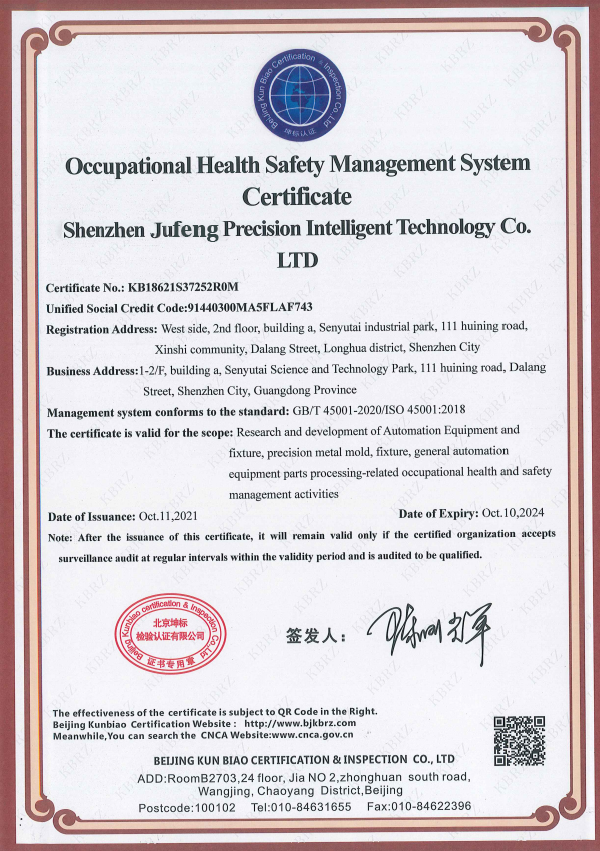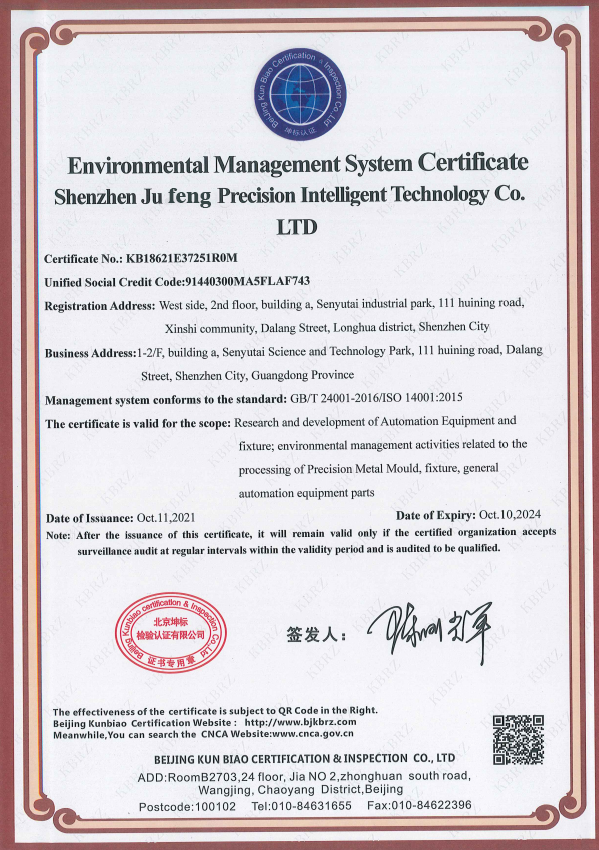News
Enhancing Quality Control with Automatic Detection Fixtures for Product Protrusion
In the industrial sector, particularly in tooling and fixtures, maintaining product integrity is essential for both performance and safety. One critical aspect of this integrity is managing product protrusion—where parts extend beyond the designated dimensions. Automatic detection fixtures for product protrusion serve as a pivotal solution for manufacturers seeking to enhance quality control and streamline their production processes.
Automatic detection fixtures utilize advanced sensors and imaging technology to assess the dimensions of components in real time. By integrating these fixtures into the production line, manufacturers can instantly identify deviations from specified designs. This immediate feedback allows for timely adjustments, minimizing waste and preventing defective products from reaching the market.
The benefits of employing automatic detection fixtures are manifold. First and foremost, they significantly reduce the risk of human error associated with manual measurements. In a bustling manufacturing environment, the likelihood of mistakes increases, particularly when operators are required to measure multiple components under tight deadlines. Automatic detection systems alleviate this burden, enhancing precision and consistency throughout the production process.
Moreover, these fixtures can be tailored to accommodate a wide variety of products and geometries. This adaptability is particularly advantageous for manufacturers who produce a diverse range of components. Instead of investing in multiple measurement systems, a single automatic detection fixture can be programmed to handle different specifications, thus optimizing space and resources.
Additionally, the implementation of automatic detection fixtures promotes a proactive approach to quality assurance. Rather than relying on end-of-line inspections, manufacturers can adopt a continuous monitoring strategy. This shift not only saves time but also fosters a culture of accountability, where quality is integrated into every phase of production.
Furthermore, the data generated by these fixtures can be invaluable for process improvement. Manufacturers can analyze trends in product protrusion and identify root causes of inconsistencies. This data-driven approach enables teams to refine their production techniques over time, leading to enhanced efficiency and reduced costs.
In conclusion, automatic detection fixtures for product protrusion are an essential innovation in the realm of industrial equipment and components, specifically within tooling and fixtures. By ensuring precision, reducing human error, and fostering continuous improvement, these systems are an investment in the future of manufacturing quality. As industries continue to evolve, the integration of technology in quality control processes will be paramount, ensuring that products meet rigorous standards while enhancing operational efficiency.
Automatic detection fixtures utilize advanced sensors and imaging technology to assess the dimensions of components in real time. By integrating these fixtures into the production line, manufacturers can instantly identify deviations from specified designs. This immediate feedback allows for timely adjustments, minimizing waste and preventing defective products from reaching the market.
The benefits of employing automatic detection fixtures are manifold. First and foremost, they significantly reduce the risk of human error associated with manual measurements. In a bustling manufacturing environment, the likelihood of mistakes increases, particularly when operators are required to measure multiple components under tight deadlines. Automatic detection systems alleviate this burden, enhancing precision and consistency throughout the production process.
Moreover, these fixtures can be tailored to accommodate a wide variety of products and geometries. This adaptability is particularly advantageous for manufacturers who produce a diverse range of components. Instead of investing in multiple measurement systems, a single automatic detection fixture can be programmed to handle different specifications, thus optimizing space and resources.
Additionally, the implementation of automatic detection fixtures promotes a proactive approach to quality assurance. Rather than relying on end-of-line inspections, manufacturers can adopt a continuous monitoring strategy. This shift not only saves time but also fosters a culture of accountability, where quality is integrated into every phase of production.
Furthermore, the data generated by these fixtures can be invaluable for process improvement. Manufacturers can analyze trends in product protrusion and identify root causes of inconsistencies. This data-driven approach enables teams to refine their production techniques over time, leading to enhanced efficiency and reduced costs.
In conclusion, automatic detection fixtures for product protrusion are an essential innovation in the realm of industrial equipment and components, specifically within tooling and fixtures. By ensuring precision, reducing human error, and fostering continuous improvement, these systems are an investment in the future of manufacturing quality. As industries continue to evolve, the integration of technology in quality control processes will be paramount, ensuring that products meet rigorous standards while enhancing operational efficiency.




